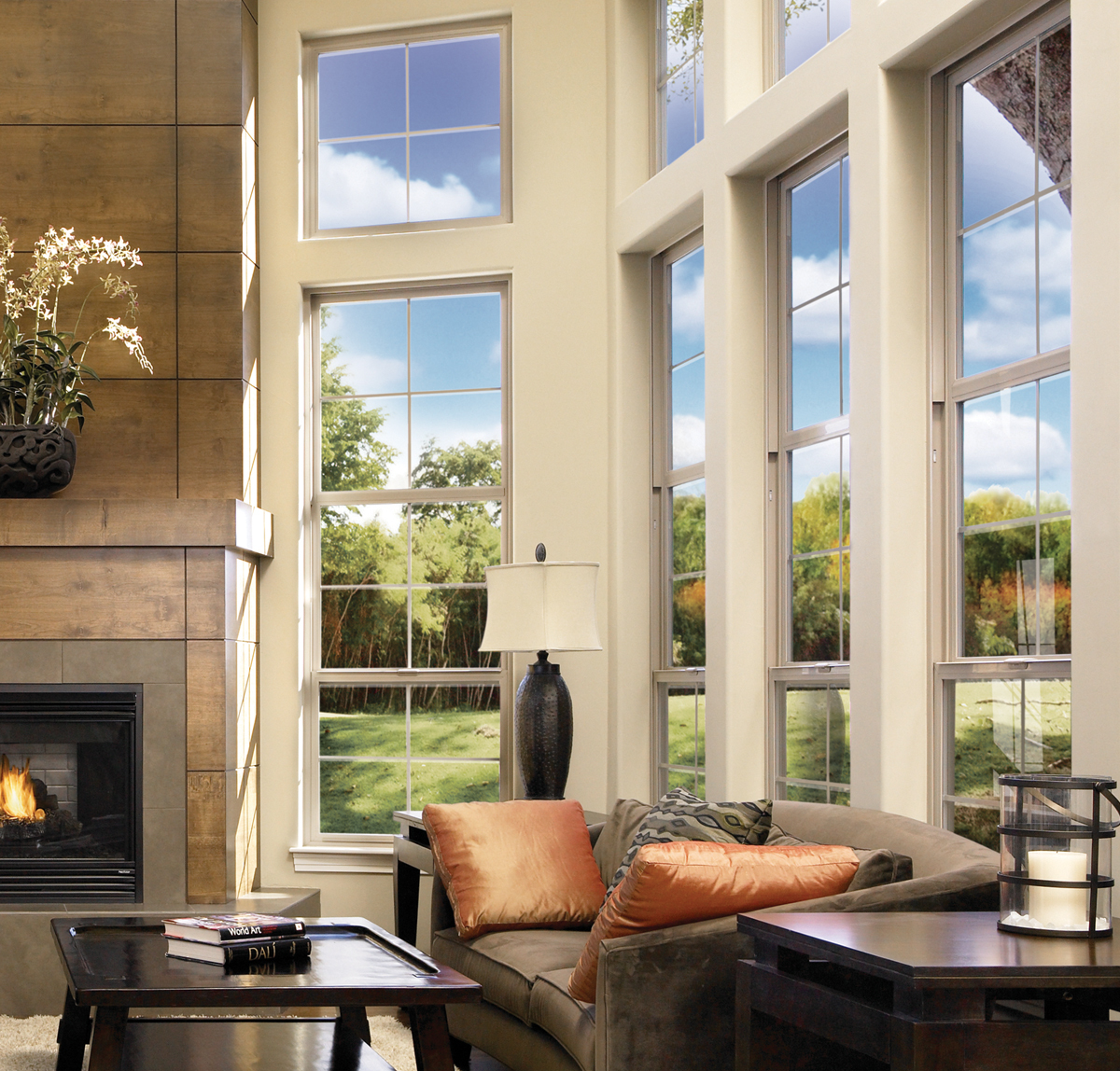In the quest for a more sustainable and comfortable living environment, homeowners are increasingly turning their attention to energy-efficient windows and doors. This shift is not merely a trend but a practical response to the rising energy costs and the growing awareness of environmental sustainability. Energy-efficient windows and doors play a pivotal role in transforming homes, significantly impacting both costs and comfort.

Reducing Energy Costs
The primary appeal of energy-efficient windows and doors lies in their ability to slash energy bills. Traditional windows and doors often fall short in insulating homes, allowing heat to escape during the winter and infiltrate during the summer. This thermal exchange forces heating, ventilation, and air conditioning (HVAC) systems to work overtime, leading to higher energy consumption and, consequently, increased utility bills.
Energy-efficient models combat this issue with features like double or triple-pane glass filled with inert gas and Low-Emissivity (Low-E) coatings. These innovations minimize the amount of ultraviolet and infrared light that can pass through glass without compromising the visible light that illuminates your home. As a result, homes retain more of their conditioned air, reducing the reliance on HVAC systems and lowering energy costs.
Enhancing Comfort
Beyond the financial benefits, energy-efficient windows and doors significantly boost home comfort. They achieve a more consistent indoor temperature by eliminating drafts and cold spots, a common problem with older, less efficient models. In the summer, these windows and doors can reflect external heat, keeping interiors cooler and more comfortable.
Moreover, energy-efficient windows and doors can improve sound insulation, creating a quieter and more serene living environment. This is particularly beneficial in urban areas or neighborhoods with high traffic noise.
Impact on Health and Wellbeing
The advantages of energy-efficient windows and doors extend to health and wellbeing. By preventing drafts and reducing fluctuations in temperature, they help maintain a healthier indoor climate. Furthermore, the Low-E coatings on energy-efficient windows reduce the amount of UV radiation entering the home, protecting occupants and furnishings from harmful rays that can cause skin damage and fade fabrics.
Environmental Sustainability
Installing energy-efficient windows and doors is a step towards environmental sustainability. By reducing energy consumption, homeowners contribute to lower carbon emissions, a critical factor in combating climate change. Additionally, many energy-efficient products are made from sustainable or recycled materials, further reducing their environmental footprint.
Long-Term Investment and Value Addition
While the initial cost of energy-efficient windows and doors might be higher than their traditional counterparts, they are an investment that pays dividends in the long run. Not only do they contribute to lower utility bills, but they also enhance the property’s value. Homes with energy-efficient features are often more attractive to buyers, commanding higher prices on the real estate market.

Conclusion
Energy-efficient windows and doors are transformative, offering homeowners an effective way to reduce costs, enhance comfort, and contribute to a healthier environment. As technology advances, these products continue to evolve, offering even greater benefits and making them an essential consideration for any home improvement project.
Considering an upgrade? Reflect on the dual impact of energy efficiency on both your wallet and your comfort at home. It’s an investment that promises a more sustainable, comfortable, and cost-effective living space for years to come.
For those looking to make this smart upgrade, connect with professionals who can guide you through the process and help select the best options for your specific needs. Remember, enhancing your home’s energy efficiency is not just about savings; it’s about creating a better living space for you and your loved ones.





